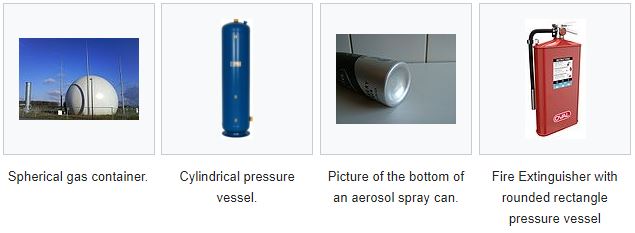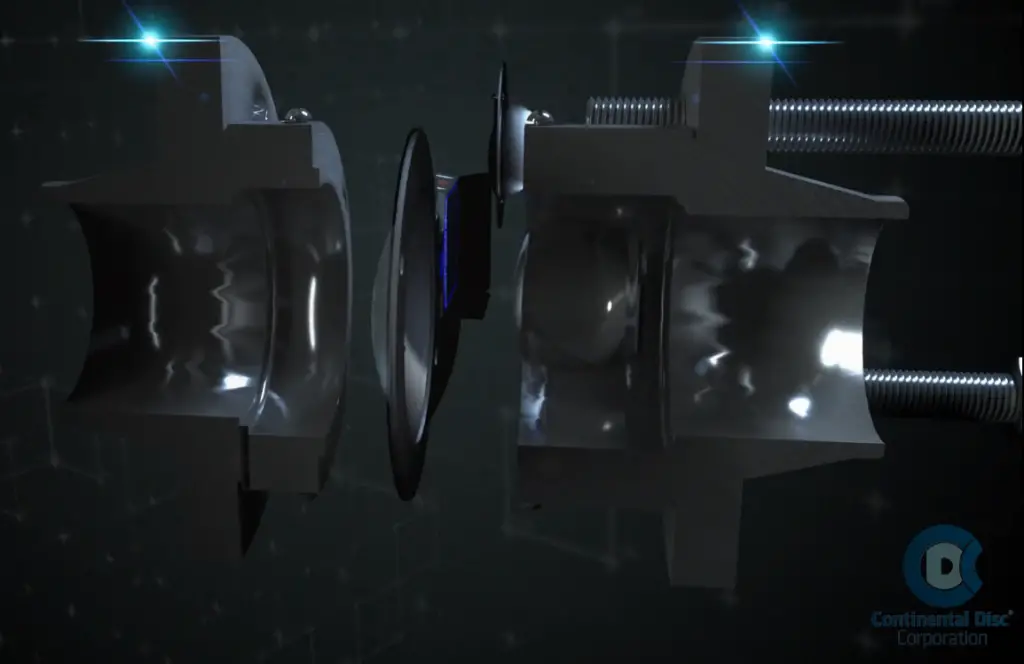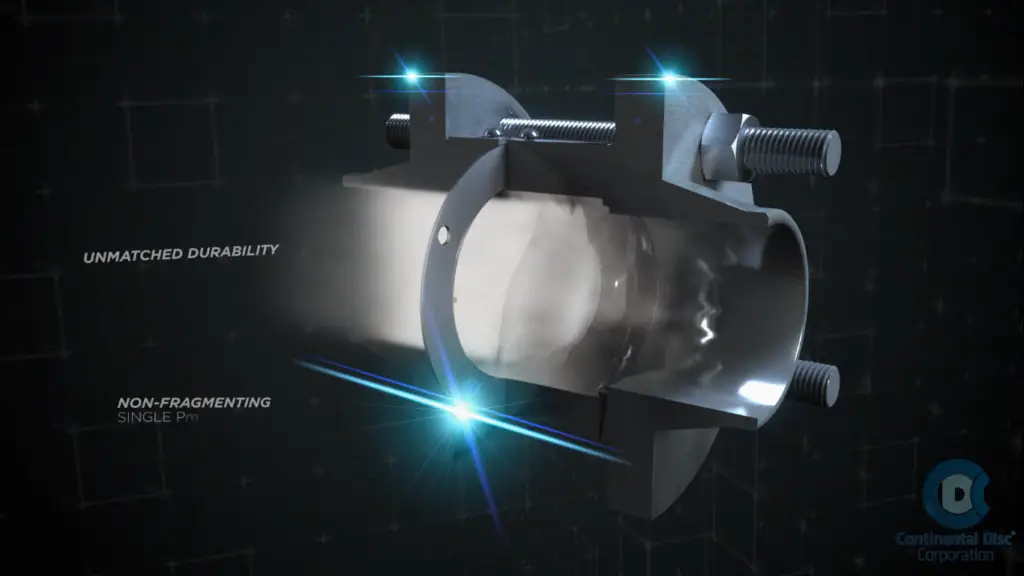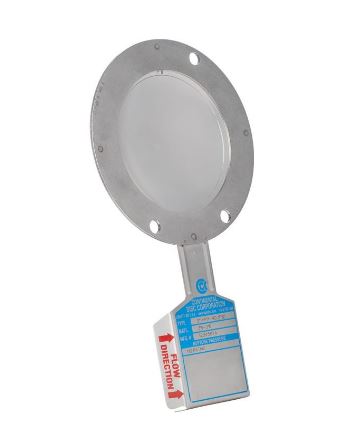Pressure Vessels
Enclosed and carefully fabricated containers that are specifically designed to hold liquids or gases at a pressure that’s significantly different from the surrounding air pressure are called pressure vessels. These pressure vessels serve a variety of purposes in the industrial market and also the private sector.
There is inherent danger present in the fabrication and operation of pressure vessels due to which stringent regulations govern the manufacturing of these pressure vessels. Some examples of these pressure vessels include autoclaves, glassware, compressors (including refrigeration), compressed gas cylinders, custom-designed laboratory vessels, and vacuum chambers.
The difference in pressure between the outside and inside of a pressure vessel, whether created from compressed gas, a chemical reaction, chilling, vacuum, cooling or heating, is a potential hazard. A number of serious and fatal accidents have occurred when a component or pressure vessel failed and released hazardous materials or generated flying projectiles.
Shapes of Pressure Vessels
Theoretically, pressure vessels can be of almost any shape, but usually, the ones employed are cylinders, spheres, and cones. A cylinder with end caps known as heads is the most common design of pressure vessels. Head shapes are either dished (atmospherical) or hemispherical.

Historically, other complicated shapes have been harder to analyze for safe operation and are also more difficult to fabricate and construct.
The best shape of a pressure vessel would be a sphere, but manufacturing a spherical shape is quite tough and a lot more expensive. Therefore, cylindrical pressure vessels are the most common with end caps on each end or 2:1 semi-elliptical heads. A pipe and two covers are used for assembling smaller pressure vessels. The downside of these pressure vessels is that it is more expensive to fabricate greater breadths.
Uses of Pressure Vessel
As stated earlier, there are a variety of applications of pressure vessels, both in industries and the private sector. They are used as industrial compressed air receivers and another common application is in domestic hot water storage tanks. Recompression chambers, diving cylinders, autoclaves, distillation towers are some additional applications of pressure vessels.
Other uses include a number of vessels in mining operations, nuclear reactor vessels, pneumatic reservoirs, rail vehicle air brake reservoirs, a space vessel, and submarine habitats, hydraulic reservoirs under pressure, storage vessels for liquefied gases, such as propane, chlorine, LPG, butane and ammonia, oil refineries and petrochemical plants and road vehicle air brake reservoirs.
Industrially, it is possible to use pressure vessels for low-pressure or high-pressure containment, depending on the materials used and the need of the client. They can also be used for process heating and cooling and also when secondary containment has to be achieved in processing materials.
When used with either liquids or gases, it is possible to use pressure vessels in tandem with electric immersion heaters. Various substances like oil, gases, water, and solvents, can be heated through direct contact with industrial versions of these heaters.
It is possible to mount immersion heaters on a pressure vessel through welded, flanged or threaded connections. The combination of pressure vessels and immersion heaters is ideal for heating liquids and gases, and also for generating steam.
Fabrication Process
Most pressure vessels, including both industrial and private use, are made from different types of steel, especially stainless and carbon steel. Pressure vessel spheres or cylinders are made by welding individual steel parts together.
To ensure there is no mechanical compromise in the welding process, special precautions are taken for determining the properties of the steel to be used in the forged parts. These precautions aim to ensure the mechanical strength of the material used and the soundness of the completed pressure vessel.
In some applications of pressure vessels that are made from steel, it is dictated by engineering standards to use special corrosion-resistant material.
A partially load-bearing liner, which is made from ceramic, polymer, or metal, can also be used for fabricating pressure vessels. Not only does the liner bear the interior pressure’s load, but it also provides the vessel protection from the contained substance and prevents leaking.
Strict manufacturing standards for fabrication have to be followed for pressure vessels. Several authoritative bodies establish fabrication codes, which include the American Society of Mechanical Engineers, the EU Pressure Equipment Directive and the National Board of Boiler & Pressure Vessel Inspector.
Rupture Disc
Also known as pressure safety disc, a rupture disc is a pressure relief safety device that’s designed for protecting a pressure vessel from over-pressurization or damaging vacuum conditions.
These discs respond instantly to a decrease or increase in system pressure, but once it has ruptured, the disc will not reseal.Major benefits of rupture discs, as opposed to pressure relief valves, include cost, size constraints, response time, leak-tightness, and ease of maintenance. Rupture disks are specially designed for aerospace, petrochemical, defense, aviation, nuclear, pharmaceutical, chemical, medical, railroad, oil field, and food processing applications.



